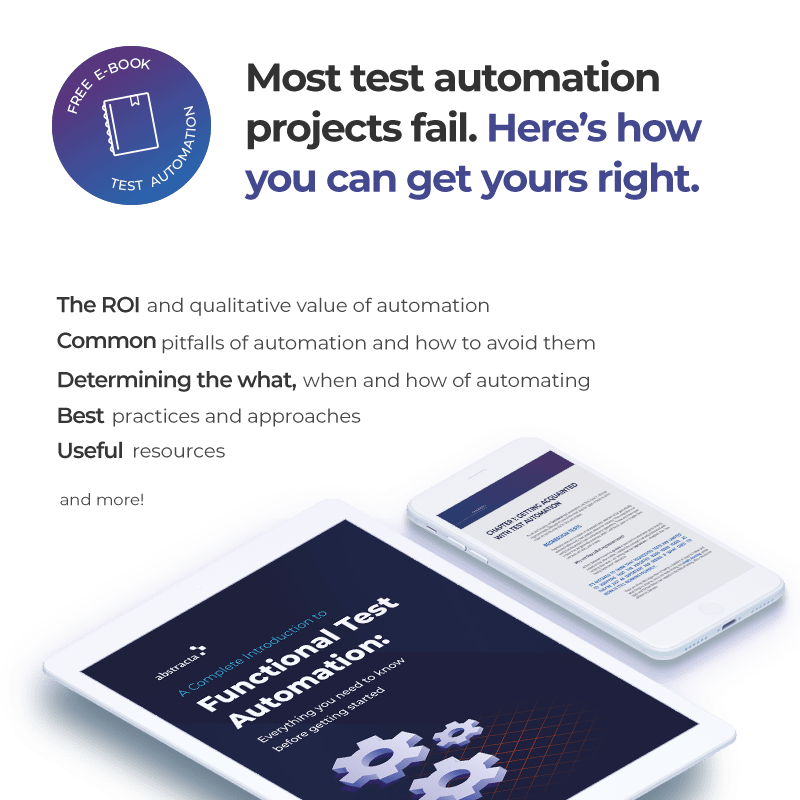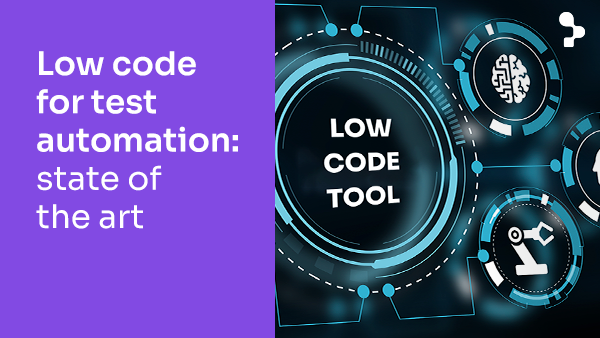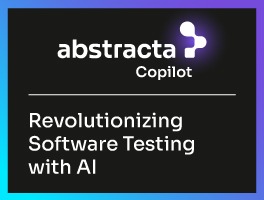Everything you need to know before getting started with functional test automation


Introduction to Functional Test Automation
It is often said that “Automating chaos just gives faster chaos,” and not only faster, but also (paraphrasing a Daft Punk song) harder, faster, stronger… chaos. Yet, seemingly everyone is moving into an agile, DevOps or continuous delivery/continuous integration environment. Automating tests is increasingly necessary to be successful in said environments. This ebook focuses on the automation of functional tests in general, showcasing the benefits it brings in the most objective way possible. It goes without saying that if you automate without sound judgment, you will not reap any benefits from it. What you are about to read is not a user manual for a tool. Neither is this ebook intended to convince anyone that automation is like a magic wand that will make all of our tests better. As our friend, Jim Hazen says, “It’s automation, not auto-magic!” The goal of this ebook is to provide you with a thorough introduction to functional test automation so that you can determine if it’s right for you and if so, how to go about it in the best possible way.
Fill out this form to receive the ebook:
Tags In


Abstracta Team
Related Posts
UI Testing Framework: A Blueprint for Building Your Own
Creating a robust UI Testing Framework is critical to building quality software. In this article, we delve into the nuances of developing an effective test automation framework, guiding you through the intricate landscape of UI testing. As businesses increasingly rely on software applications, the need…
Low Code for Test Automation – state of the art
We will share in this article a state of the art in the test automation field, specifically with the low code approach. We want to help you select the best tool for your context, offering a centralized place with information about the different options on…









Looking forward to having a read!
Hi guys, great job! What is missing for me: 1) bug can be close OR REOPEN 2) CI – continuous integration methodology (may be in the other article:) Thank you!
Thanks for your feedback! Our bug life cycle 2.0 will include re-open 😉
More on CI to come!
Great!